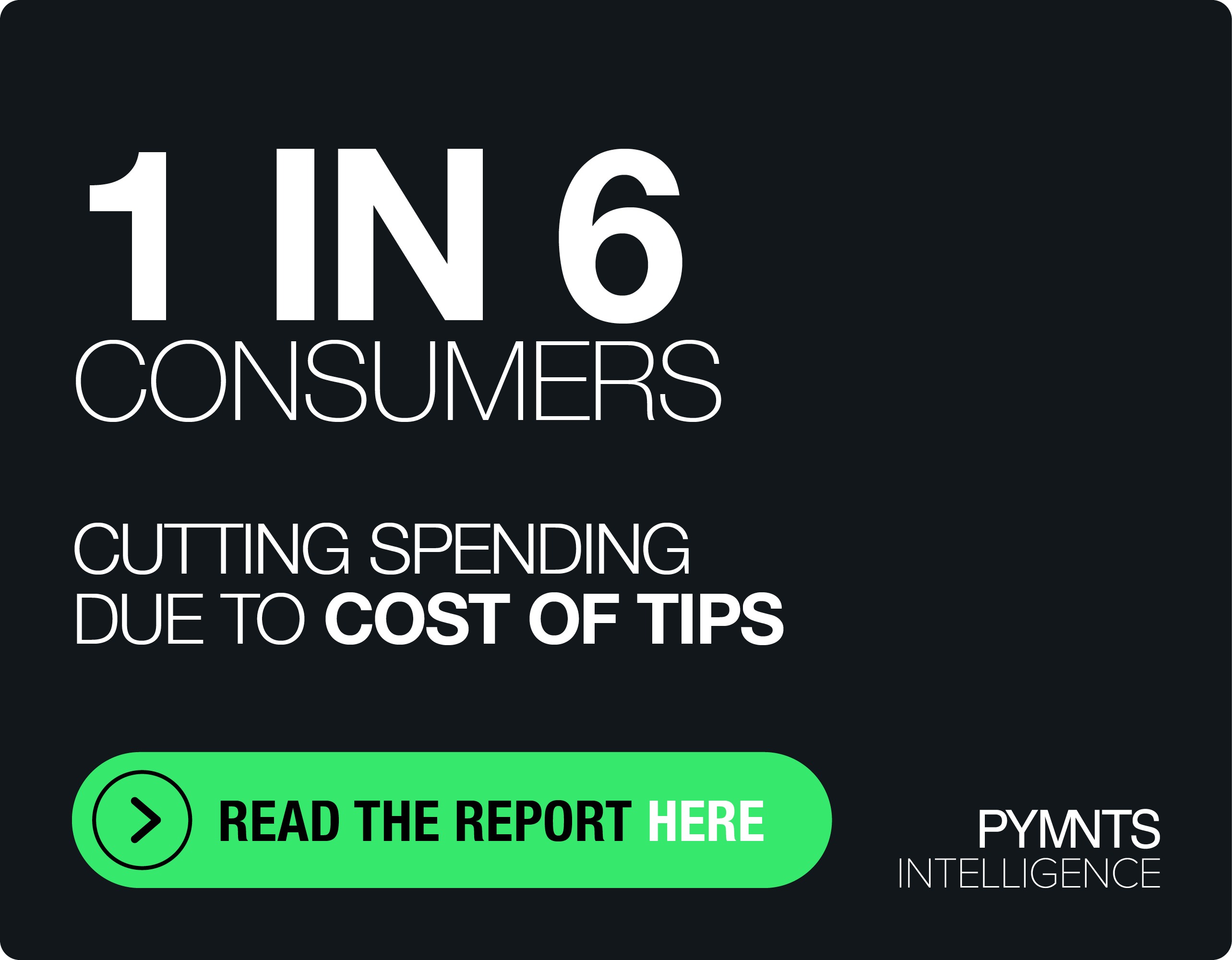Buy Now, Pay Later to Surge in 2024 as Consumers Demand ‘Micro-Credit’
Just a few years ago, buy now, pay later was a relatively new concept — one that’s now gone mainstream, Jacqueline White, president of i2c, told Karen Webster.
In 2024, BNPL is going to be increasingly on consumers’ radars and a payment option they expect from all financial institutions and merchants, she said during the latest “At the Edge” conversation.
“It’s never been more important for people to be able to hang onto their cash, as more consumers are looking to use BNPL to pay for the necessities of life … all the way around to fun things like travel and entertainment,” she said.
Joint research from PYMNTS Intelligence and i2c found that consumers spend more when they use BNPL. Basket sizes are several percentage points higher than when individuals use credit cards or other payment methods.
Manageable and Predictable Repayment Terms
“BNPL feels like a ‘microdose’ of credit,” White said.
It’s credit that feels manageable, where repayment obligations are predictable, and the timeframe is both short and transparent. Consumers feel more in control than they might otherwise feel with other forms of credit, she said. Lenders are picking up on the appeal and the comfort level consumers are showing with BNPL, and they’re ramping up their offerings.
“We’re not anywhere near saturated with BNPL from a growth perspective,” she said.
According to White, 2024 could be the year that BNPL reaches ubiquity, as new BNPL offerings are tailored to the use case, the credit profile of the individual user and niche markets — and all of it is tied to the point of sale, whether online or at a brick-and-mortar register.
“BNPL will be offered across all financial institutions, FinTechs and banks of all sizes,” she said, adding that ubiquity will get a push as BNPL offerings are attached to cards and digital wallets. Google Pay’s announcement this month that it is piloting BNPL with Affirm and Zip stands out as an example. Providers such as Klarna and Afterpay are working with rewards programs.
Risk Analysis
As more providers and personalized installment offerings move to the forefront, risk analysis is critical, said White. She noted that providers such as i2c help partners examine the risk profiles of users as the actual credit is extended at the point of sale or on devices at the same time that validation and verification occur invisibly in the background with the aid of artificial intelligence and machine learning. Issuers are going to need to be able to determine that creditworthiness in real time, or they risk losing business, while merchants run the risk of losing the sale itself.
“It’s an instant world with instant payments and instant qualification” helping to drive a better experience for consumers, White said. As BNPL moves toward ubiquity in 2024, underserved and underbanked individuals will gain access to the credit they need to afford the goods and services that are part of everyday life.
“You’re going to see consolidations of integrated technologies,” she said of the providers, “and innovations as companies come together and think about ways to offer a better, faster, more flexible, more efficient BNPL product. And that’s great for the consumer.”

